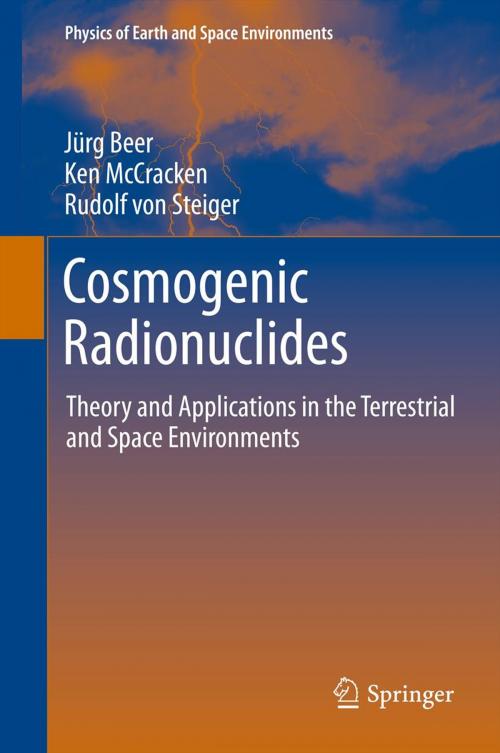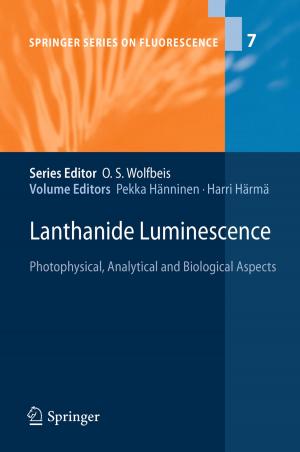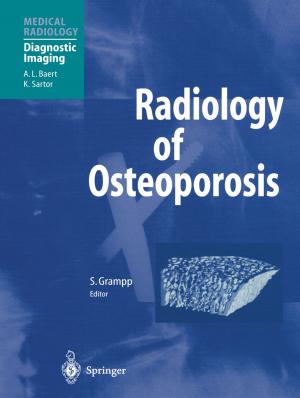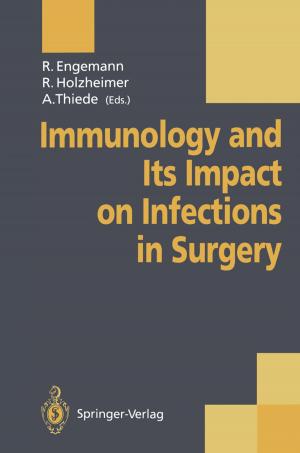Cosmogenic Radionuclides
Theory and Applications in the Terrestrial and Space Environments
Nonfiction, Science & Nature, Science, Physics, Astrophysics & Space Science, Biological Sciences, Environmental Science, Technology| Author: | Jürg Beer, Ken McCracken, Rudolf Steiger | ISBN: | 9783642146510 |
| Publisher: | Springer Berlin Heidelberg | Publication: | January 19, 2012 |
| Imprint: | Springer | Language: | English |
| Author: | Jürg Beer, Ken McCracken, Rudolf Steiger |
| ISBN: | 9783642146510 |
| Publisher: | Springer Berlin Heidelberg |
| Publication: | January 19, 2012 |
| Imprint: | Springer |
| Language: | English |
Cosmogenic radionuclides are radioactive isotopes which are produced by natural processes and distributed within the Earth system. With a holistic view of the environment the authors show in this book how cosmogenic radionuclides can be used to trace and to reconstruct the history of a large variety of processes. They discuss the way in which cosmogenic radionuclides can assist in the quantification of complex processes in the present-day environment. The book aims to demonstrate to the reader the strength of analytic tools based on cosmogenic radionuclides, their contribution to almost any field of modern science, and how these tools may assist in the solution of many present and future problems that we face here on Earth. The book provides a comprehensive discussion of the basic principles behind the applications of cosmogenic (and other) radionuclides as environmental tracers and dating tools. The second section of the book discusses in some detail the production of radionuclides by cosmic radiation, their transport and distribution in the atmosphere and the hydrosphere, their storage in natural archives, and how they are measured. The third section of the book presents a number of examples selected to illustrate typical tracer and dating applications in a number of different spheres (atmosphere, hydrosphere, geosphere, biosphere, solar physics and astronomy). At the same time the authors have outlined the limitations of the use of cosmogenic radionuclides. Written on a level understandable by graduate students without specialist skills in physics or mathematics, the book addresses a wide audience, ranging from archaeology, biophysics, and geophysics, to atmospheric physics, hydrology, astrophysics and space science.
Cosmogenic radionuclides are radioactive isotopes which are produced by natural processes and distributed within the Earth system. With a holistic view of the environment the authors show in this book how cosmogenic radionuclides can be used to trace and to reconstruct the history of a large variety of processes. They discuss the way in which cosmogenic radionuclides can assist in the quantification of complex processes in the present-day environment. The book aims to demonstrate to the reader the strength of analytic tools based on cosmogenic radionuclides, their contribution to almost any field of modern science, and how these tools may assist in the solution of many present and future problems that we face here on Earth. The book provides a comprehensive discussion of the basic principles behind the applications of cosmogenic (and other) radionuclides as environmental tracers and dating tools. The second section of the book discusses in some detail the production of radionuclides by cosmic radiation, their transport and distribution in the atmosphere and the hydrosphere, their storage in natural archives, and how they are measured. The third section of the book presents a number of examples selected to illustrate typical tracer and dating applications in a number of different spheres (atmosphere, hydrosphere, geosphere, biosphere, solar physics and astronomy). At the same time the authors have outlined the limitations of the use of cosmogenic radionuclides. Written on a level understandable by graduate students without specialist skills in physics or mathematics, the book addresses a wide audience, ranging from archaeology, biophysics, and geophysics, to atmospheric physics, hydrology, astrophysics and space science.















